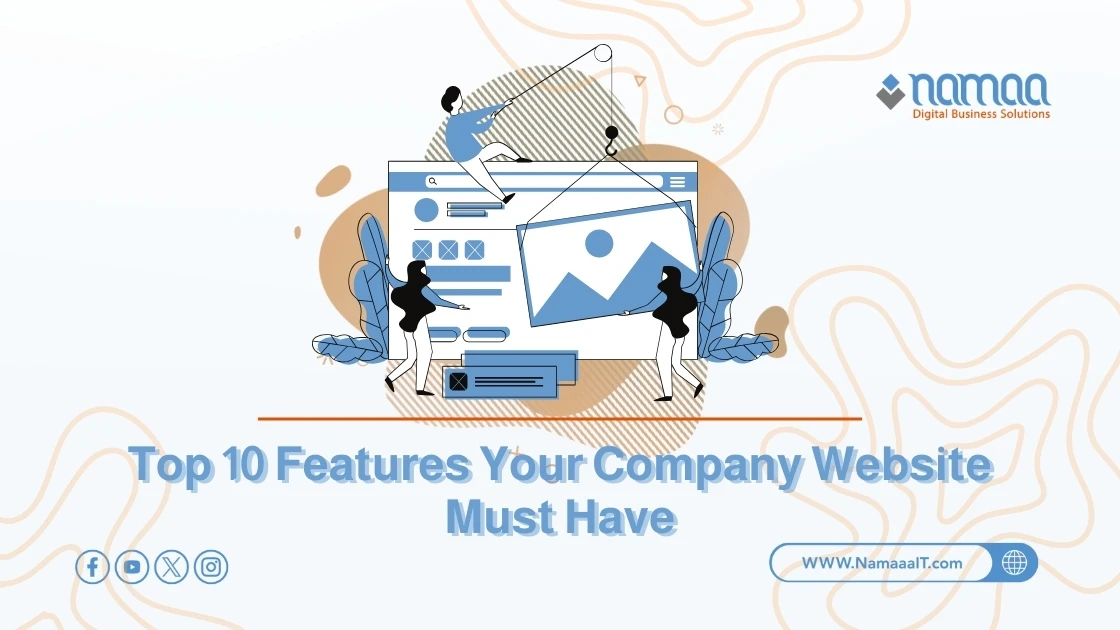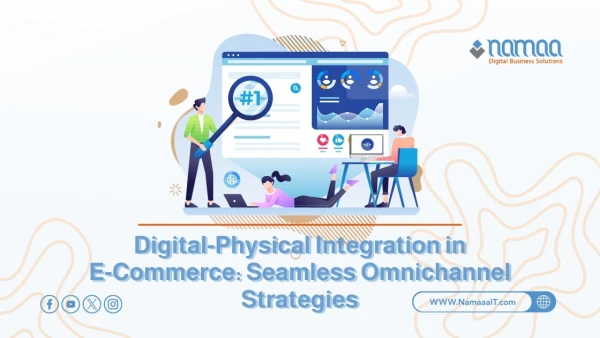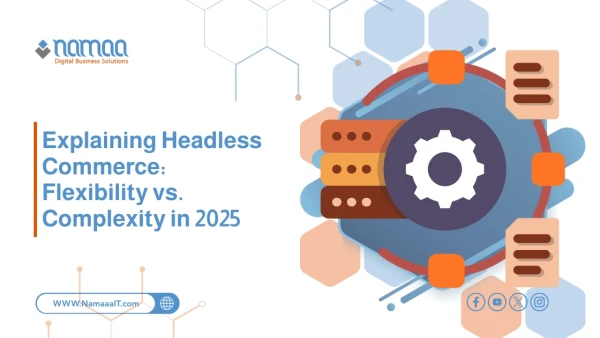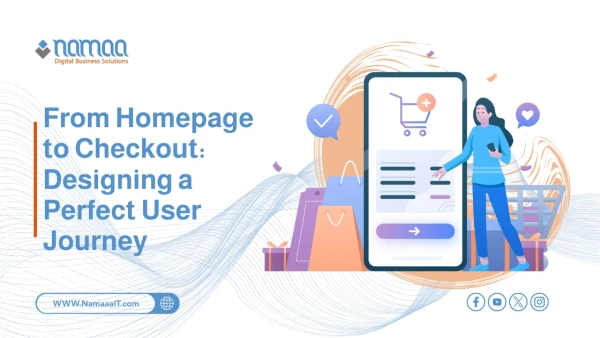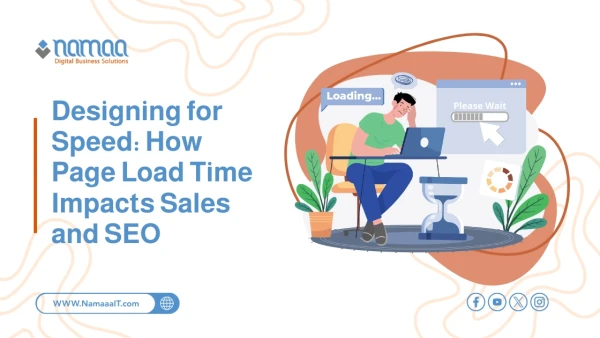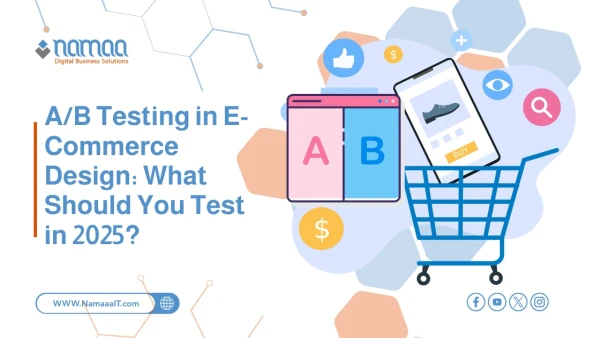A professional website is no longer just a complementary step for your business—it's a critical factor in building trust, attracting clients, and achieving real results. A successful website goes beyond good looks; it blends functionality, speed, and clarity in showcasing your products or services. In this article, we highlight the top 10 essential features your business website must have to perform effectively and reflect a professional image that boosts your market presence.
Why Does Your Business Need a Professional Website in 2025?
In 2025, running a business without a clear, reputable website simply doesn’t make sense. People don’t wait for a friend’s recommendation or stumble across your storefront by chance—they search online. If they don’t find you, they’ll immediately go to someone else. Your website is the first thing a potential client sees. If it's bad—or worse, nonexistent—that’s exactly the impression they’ll form of your company.
Your website isn’t just a pretty face; it’s a functional tool that showcases what you do, explains your services, and makes it easy to reach you. It works around the clock—even outside office hours—and welcomes potential clients at any time. If the design is well-organized and easy to navigate, you're sending a clear message that you take your business seriously.
The reality today is that any business without a strong digital presence is continuously missing out on opportunities. People want fast answers, clear information, and an easy way to engage with you. A well-built website can deliver all of this. It also opens the door to effective marketing tools like appearing in search results and gathering valuable insights into your audience’s interests.
Simply put, a professional website is no longer optional—it’s a vital foundation for any business that wants to succeed and grow. If you don’t take it seriously, someone else will—and they’ll take your share of the market without hesitation.
Top 10 Features Your Business Website Must Have
1. Responsive, Professional Design
A responsive design is the cornerstone of any successful website in 2025. Today’s users browse from phones, tablets, and computers interchangeably. Your website must look perfect on every screen—without users needing to zoom in or scroll awkwardly.
Good design isn’t just about aesthetics; it means simplicity, organization, and visual identity that reflects your brand. A cluttered or outdated layout sends a negative signal and causes visitors to lose trust—often before reading a single word. Your design should quickly communicate who you are, what you offer, and why visitors should care—all within the first few seconds.
2. Fast Loading Speed
Visitors don’t wait—this is a fact every website owner must accept. In 2025, users are even more impatient with slow-loading pages. If your site doesn’t appear within 2 to 3 seconds, a significant portion of your traffic will bounce.
Website speed also impacts your ranking in search engine results, which prioritize fast, efficient sites. To optimize speed, use compressed images, avoid unnecessary plugins, and choose a reliable hosting provider. Every second of delay costs you visitors and sales. That’s why investing in performance is not a luxury—it’s a necessity.
3. High-Quality, Regularly Updated Content
No one cares about an empty website or repetitive, low-effort content. Your content is what convinces visitors to stay, explains your offerings, and answers their questions. It should be written in a clear, straightforward language tailored to your audience.
Regular updates are crucial—whether it's blog posts, new pages, or recent news. An outdated website gives the impression that your business is inactive. Quality content doesn’t just sell—it educates, builds trust, and encourages return visits.
read more: How to Choose a Reliable Website Design Company in Saudi Arabia?
4. Search Engine Optimization (SEO)
Even if your site has great design and content, it won’t succeed if no one can find it. SEO goes beyond keywords; it includes site structure, loading speed, internal linking, and ease of navigation.
Research the terms your potential clients are searching for, and naturally integrate them into your content. It’s also important to optimize page titles, meta descriptions, and image alt tags. SEO makes your site visible to new customers who don’t yet know about you—and gives you an edge over competitors.
5. Smooth User Experience (UX)
Visitors don’t care about technicalities—they just want to find what they need with minimal effort. UX is about clarity, ease of navigation, and logical structure. Menus should be well-organized, headings clear, and all links should lead to the right places.
Features like an effective search bar, quick navigation, and not forcing users to register or fill out long forms all contribute to a positive experience. Poor UX drives visitors away and keeps them from coming back.
6. Data Security and Privacy
With rising cyber threats and fraud, security is a top priority. The first thing to ensure is that your site uses an SSL certificate (displayed as a padlock in the browser), which shows your site is secure.
You should also safeguard databases, keep software updated, and avoid unreliable plugins. If a visitor senses your site isn’t secure—especially if personal data or payments are involved—they won’t hesitate to leave. Security protects both your site and your reputation.
7. Integration with Social Media
Clear links to your social media accounts and the ability to share content easily increase exposure and enhance your connection with the audience.
Social integration isn’t just about “Like” or “Share” buttons—it can include displaying recent posts or enabling sign-ins via Facebook or Google. This makes interaction easier for users and makes your brand feel more approachable and human.
8. Clear Calls to Action (CTAs)
A website without CTAs is like a store without salespeople. Visitors need clear direction: What should they do next? Sign up? Call? Request a quote?
Your calls to action must be clear, eye-catching, and written in language that motivates action. Examples include: “Order Now,” “Book Your Consultation,” “Contact Us in One Minute.” This small detail is often overlooked, yet it plays a major role in converting visitors into customers.
9. Analytics and Performance Tracking Tools
You can’t improve what you don’t measure. Tools like Google Analytics are essential to understand who visits your site, where they came from, how long they stayed, and what they did.
This data helps you make informed decisions to improve design, content, and marketing campaigns. You'll know which pages perform best, where traffic comes from, and when engagement is highest. Without analytics, you're flying blind.
10. Accessibility for People with Disabilities
Your site should be usable by everyone—including individuals with visual or motor impairments. This isn’t just about technical compliance; it reflects your brand’s respect for all people.
Accessibility features include alt text for images, keyboard-friendly navigation, and high-contrast color options. In addition to being a moral obligation, accessible websites benefit from a wider audience and higher search rankings.
Your business website is more than just a web page—it’s a direct extension of your brand and a reflection of your professionalism and commitment. Websites lacking these features lose visitors fast and leave a negative impression that’s hard to reverse. On the other hand, sites built with smart design, strong content, and reliable performance earn trust and turn visitors into loyal clients.
Each of the features listed above is not a luxury—they are essential steps in building a strong, effective digital presence.
Summary
✔️ Responsive websites increase visitor retention by 62%: A responsive layout displays content perfectly across devices, improving user experience and reducing bounce rates.
✔️ Loading speed influences 53% of online purchase decisions: If a site takes more than 3 seconds to load, over half of users will leave without interacting.
✔️ High-quality content increases conversion likelihood by 2.3×: Useful and clear content builds customer trust and boosts decision-making potential.
✔️ SEO drives up to 68% of organic traffic: Appearing on the first pages of search engines increases free visibility and reduces advertising costs.
✔️ 88% of users don’t return to a website with poor user experience: Ease and clarity of navigation have become critical success or failure factors.
✔️ Using SSL security certificates increases customer trust by 48%: The presence of a security lock in the browser reassures users and encourages them to interact and share their data confidently.
✔️ Companies that rely on digital analytics grow 20% faster: Understanding visitor behavior through tracking tools supports accurate and effective marketing decisions.

